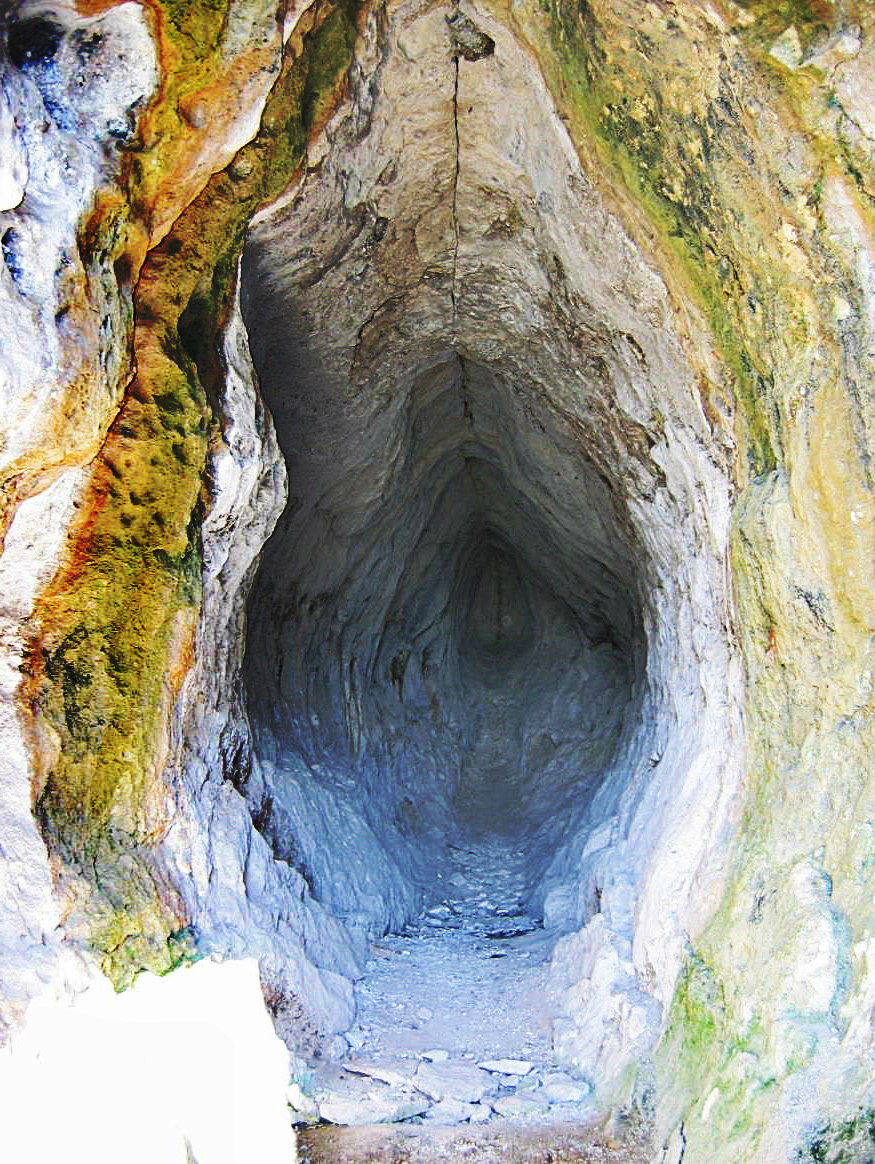An expedition near the town of Kardzhali in Bulgaria led to the discovery of a curious and complex cave. Named the Utroba (утроба) Cave, which is Bulgarian for “womb”, it’s marked with carvings and rocky niches, one of which looks remarkably similar to that of a human vulva – so was it born of natural processes, or something else?
Taking a closer look at Utroba Cave, researchers noticed some of its features had been intentionally shaped by humans, including a crack that seems to have been widened and shaped using semi-circular carvings into the rockface. Something crafted with such care indicates it probably once served an important purpose.
As for who made it? One contender is that it was the work of a group known as the Thracians who are connected to several rock sanctuaries in the region.
They were an ancient people who took up residence across a stretch of Europe that includes what’s now known as Bulgaria, where the Utroba Cave was found. They date back to 3500 BCE and had an advanced culture that used several forms of art, including poetry and music.

The Sun enters Utroba Cave and lights up an altar.
Beyond its vulval niche, the Utroba Cave encompasses an area of around 2 square kilometers (0.8 square miles), across which there are several rock formations and carvings that point towards the site’s cultural significance.
According to the Republic of Bulgaria Ministry of Tourism, it would’ve been the site of rituals that included sharapanas, rock basins made by humans to contain wine for cultural ceremonies. Part of the magic of Utroba comes alive when the light hits just right around midday, “penetrating” the cave through a small opening and enhancing its aesthetic.
“It is called [Utroba] because of its shape, resembling a woman’s womb,” they write. “An altar is carved in the southern inner end of the cave. The light projection in the entrance is moving along the walls and ground of the cave and synchronized with the Sun movement. It gets to its maximum at noon reaching the full length of the cave along its central axis up to a man-made altar resembling a female womb.”
As for exactly what might have gone down in the cave, in a 2018 paper, Evgeni Koev posits it may have been a sheltered space for humans trying to conceive, or used for ritual offerings to promote life – be that pregnancy or something more agricultural. Koev suggests parts of the cave also bear similarities to fruit and grain in shape, so perhaps it could also have been for the benefit of the fertility of the soil.
Many questions remain over who was using the Utroba Cave and what exactly it meant to them, but this collaboration between the Earth’s natural rocky imperfections and artistic ancient humans is certainly a remarkable feature of the Bulgarian landscape.
Source Link: The Utroba "Womb" Cave In Bulgaria Was Likely A Thracian Ritual Site